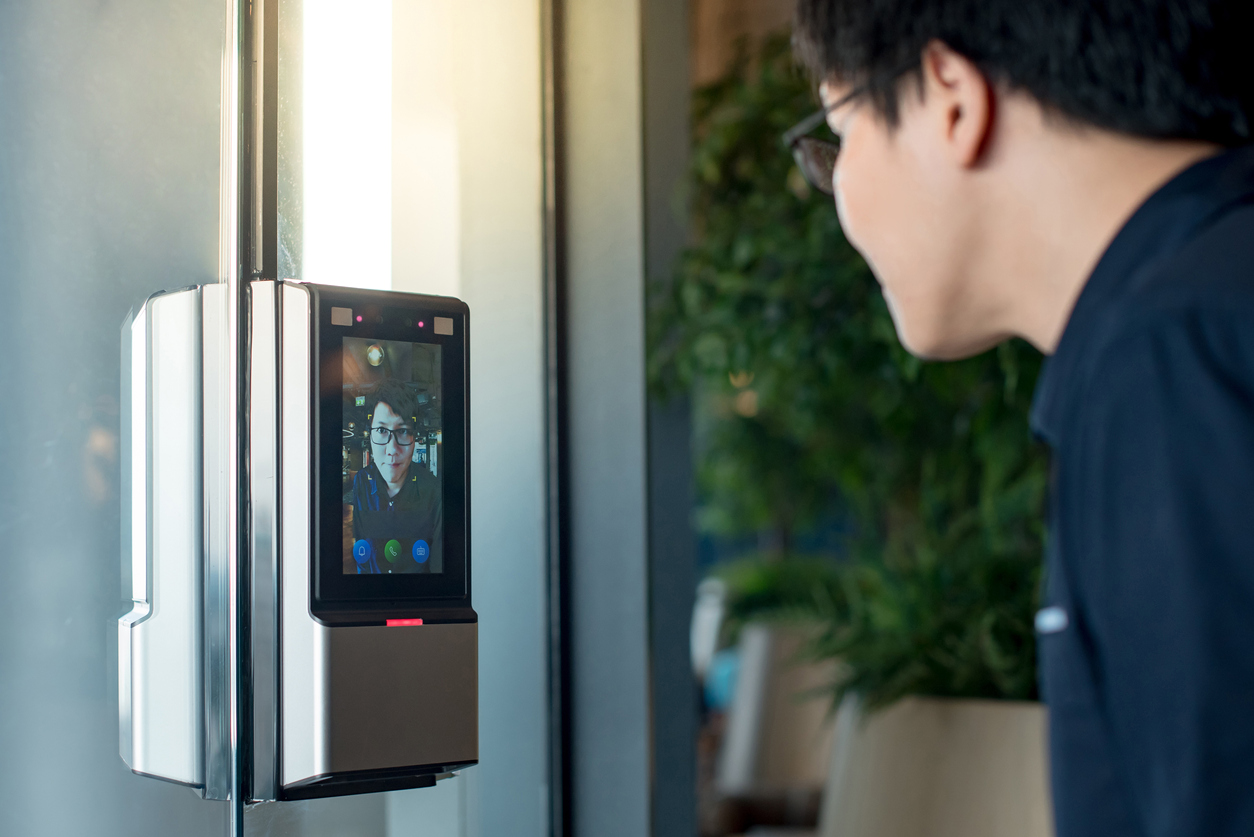IoT and Risk Management: Safety Challenges for Businesses Adopting Smart Devices
The Internet of Things (IoT) – a web of interconnected, data-exchanging devices spanning the globe – has forever changed how people and businesses experience technology and wield big data. Next year it is estimated that there will be 35 billion IoT devices online and that number is expected to rise to 75 billion worldwide by 2025 – sensors, wearables, appliances, clothing and more. It’s up to us to decide what we’re going to do with it all.
These devices can help reduce risk for insurers for home owner’s coverage to life insurance policies. They can also assist in enabling contact free services required during the pandemic. For insurance customers, they can help save on costs.
read more about cybersecurity for insurers
Both consumers and businesses have adopted this technology, but a word of caution: Cybercriminals want to exploit these devices every way they can to steal data, corrupt information systems and extort money from users. According to Deloitte, “The IoT is forcing many business leaders to reassess their decentralized approaches to cyber risk management.”

Help your IoTs Stay Secure
Learn to better manage your network
Detailed oversight prevents small problems and their impact from going unnoticed. The IoT is the not-so-living embodiment of this very principle. For instance, internet-connected sensors charting vibrational changes in manufacturing equipment can predict how long operators have before the machine breaks down or becomes overly deficient.
Individual IoT networks need their fair share of scrutiny too. While intuitive asset management resources and software might not be glamorous, a business is incapable of securing their network without it. That may include hiring cybersecurity professionals and restructuring your organization accordingly.
Why would an insurer underwrite your liability when your business hasn’t taken the right precautions? As insurers develop innovative products to underwrite new forms of cyber risk such as the risks associated with working from home, they’ll undoubtedly expect nothing less from their commercial clients.
Find coverage that protects you against everything
P&C carriers have their work cut out for them in the coming years. They’ll have to develop new models for creating and releasing cyber risk policies, among others, that adequately reflect an ever-changing technological environment.
While insurers figure out how to shorten their lead times, you cannot assume any run-of-the-mill policy will offer the same coverage as others. Good products will protect a company from data loss, downtime as a result of a breach, remediation made in the aftermath of a breach, losses to customers, etc., but consider this: Not every organization targeted by hackers ends up the victim.
For instance, botnets and distributed denial-of-service attacks can be manipulated by cybercriminals. What happens if they hijack your business’s IoT-enabled devices but use them to perform DDoS attacks on other businesses, are you liable? A Bulletproof report from the end of 2019, said an attack could cost up to $120,000 for a small company or more than $2 million for an enterprise organization. An argument could be made this loss is the fault of every organization who didn’t secure their devices, however fractionally.
As the grounds beneath the P&C industry shift again, policyholders and businesses should focus on all the risks they undertake when they adopt IoT hardware, as well as the risk they bring to everyone else if they leave these devices unsecured.
